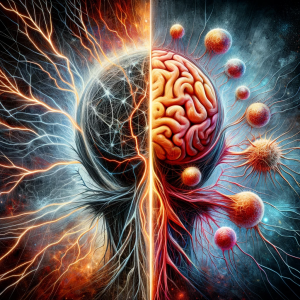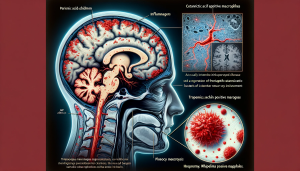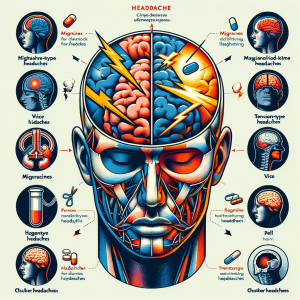
Abstract: The differential diagnosis between trigeminal neuralgia (TN) and trigeminal neuropathy (TNp) presents a unique clinical challenge. This article elucidates the distinct pathophysiological mechanisms, clinical presentations, diagnostic criteria, and therapeutic approaches for TN and TNp, providing a comprehensive understanding for the medical community.
1. Introduction: Trigeminal neuralgia (TN), classically characterized as a debilitating facial pain disorder, is often confused with trigeminal neuropathy (TNp). Despite sharing the trigeminal nerve as the primary locus of pathology, these entities are distinct in etiology, clinical manifestation, and management.
2. Pathophysiology: TN, also known as tic douloureux, is primarily a neuropathic pain syndrome. The prevailing hypothesis suggests vascular compression at the root entry zone of the trigeminal nerve, leading to demyelination and aberrant nerve signaling. Contrastingly, TNp results from direct nerve injury or systemic diseases affecting the nerve’s structure or function.
2.1 Etiological Variance: The etiology of TN often involves microvascular compression, while TNp can result from a myriad of causes, including traumatic injury, infectious agents (like Herpes zoster), autoimmune disorders, and neoplastic processes.
3. Clinical Presentation: TN is characterized by brief, electric shock-like pains, typically triggered by innocuous stimuli like chewing or brushing teeth. It follows a relapsing-remitting course. TNp, however, presents with a more persistent, dull, and aching pain, often associated with sensory deficits in the nerve distribution.
3.1 Differential Diagnosis: The diagnosis of TN is primarily clinical, relying on the patient’s history and symptomatology. In contrast, TNp requires more extensive diagnostic workup, including neuroimaging and electrophysiological studies, to identify the underlying cause.
4. Therapeutic Strategies: Management of TN typically involves anticonvulsant medications like carbamazepine or oxcarbazepine. Surgical interventions, such as microvascular decompression, offer long-term relief in selected cases. TNp management is etiology-specific; it may include antiviral medications for herpes-related neuropathy or immunotherapy for autoimmune etiologies.
4.1 Tailored Therapeutic Approach: The therapeutic approach for TN focuses on pain relief and prevention of pain episodes. Conversely, TNp treatment aims at addressing the underlying cause and managing chronic pain.
5. Conclusion: Understanding the nuanced differences between trigeminal neuralgia and trigeminal neuropathy is crucial for accurate diagnosis and effective management. While they share a common anatomical site, their pathophysiology, clinical presentation, and treatment strategies markedly differ, necessitating a tailored approach for each condition.








